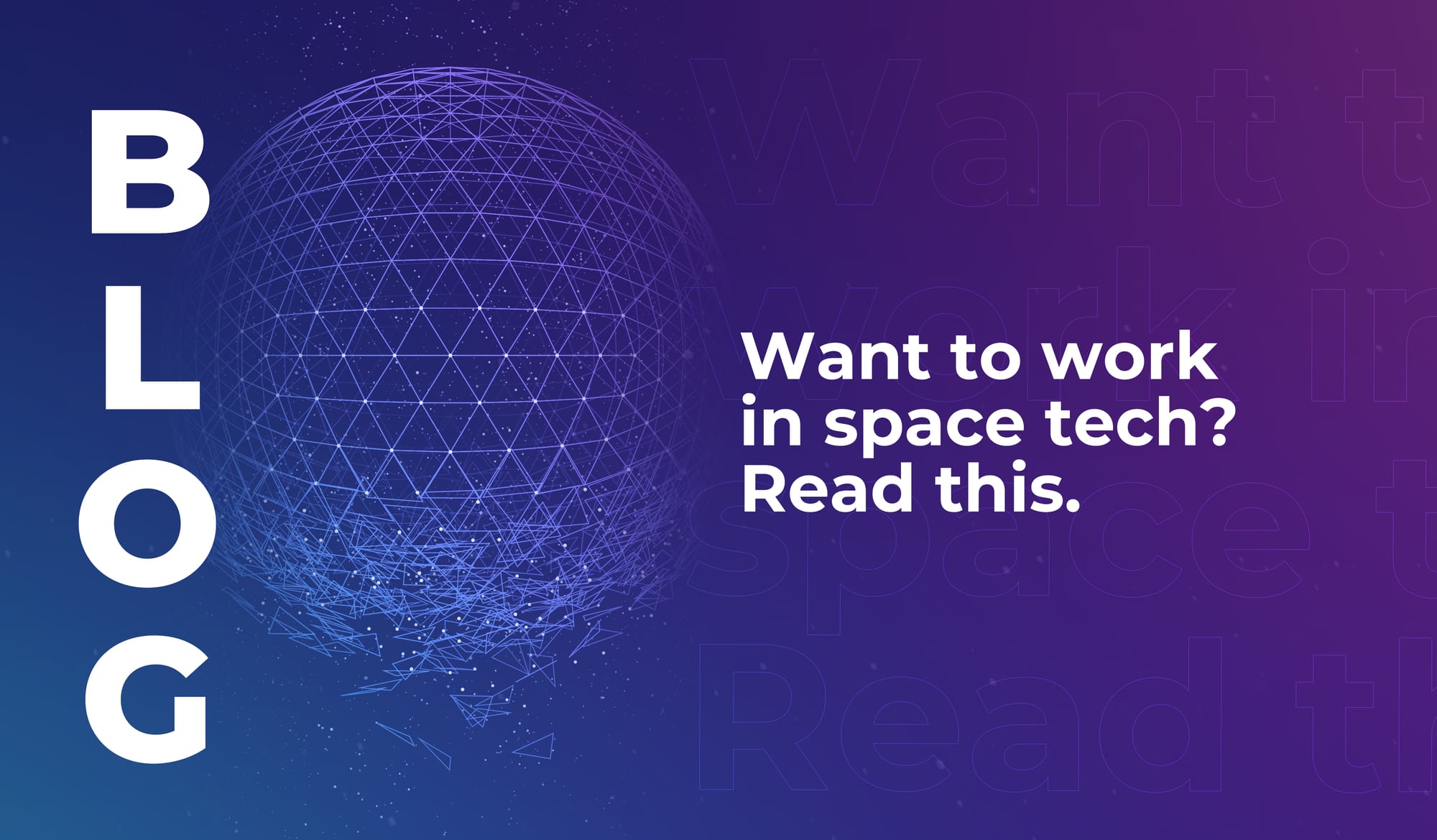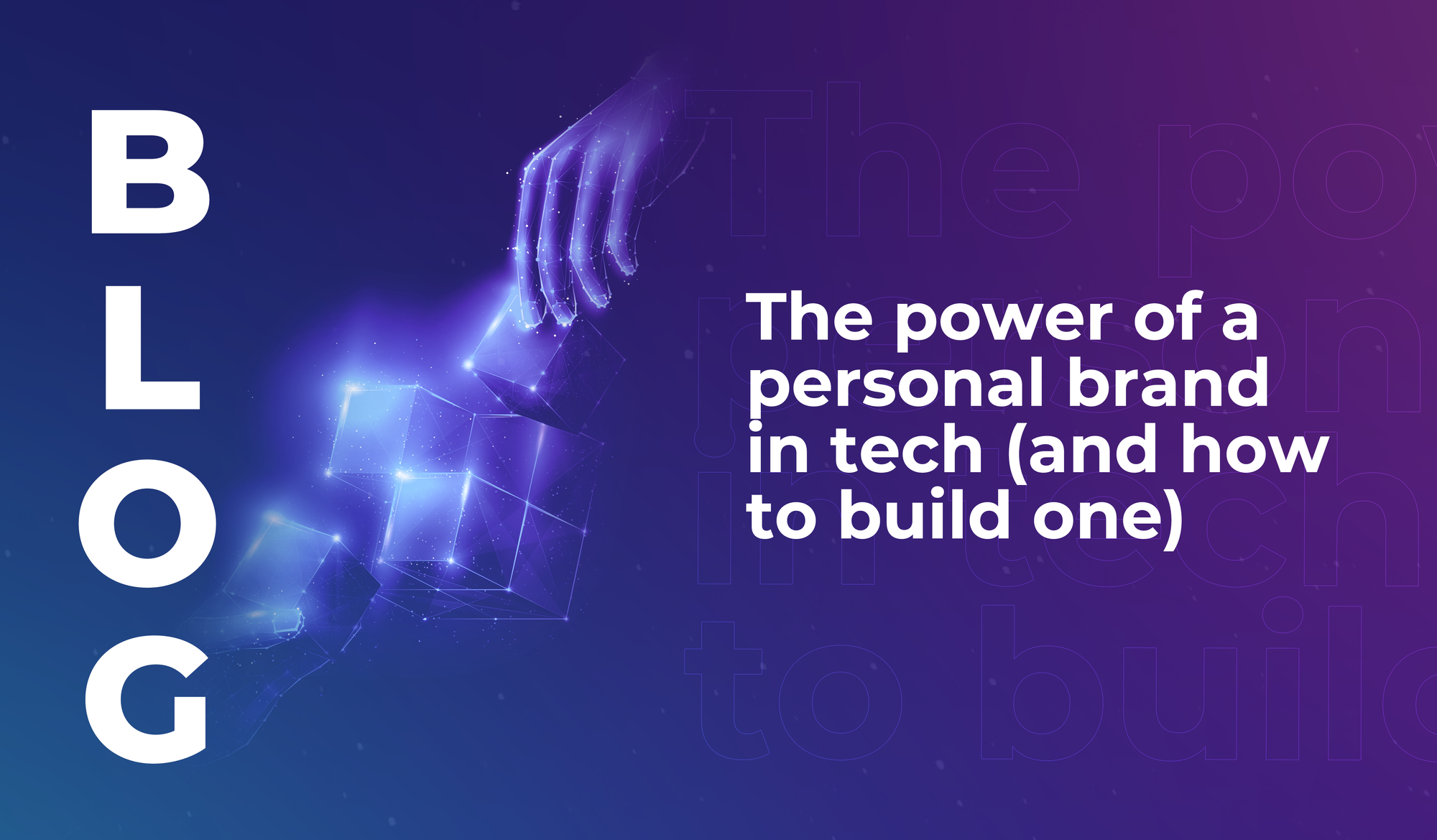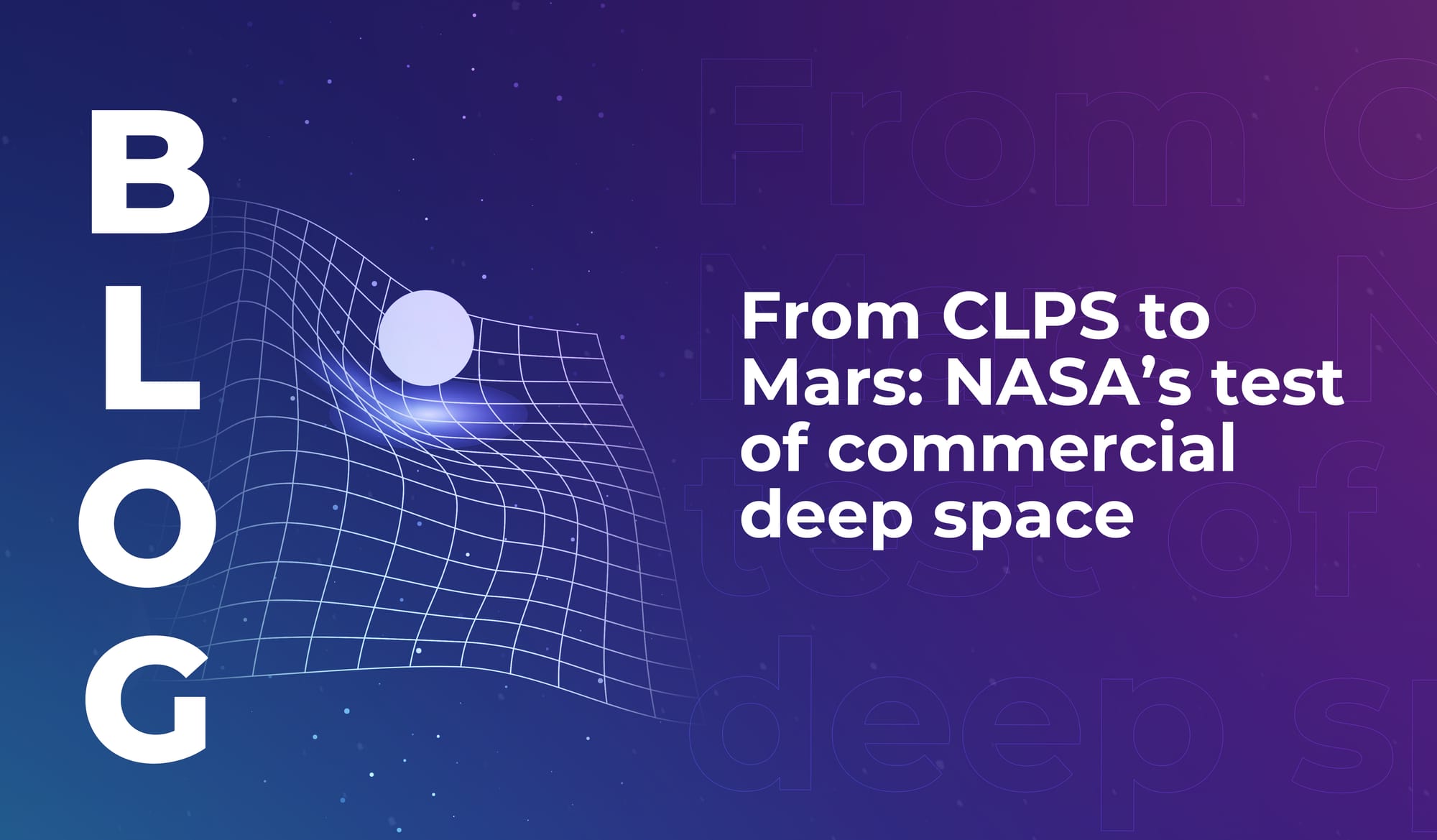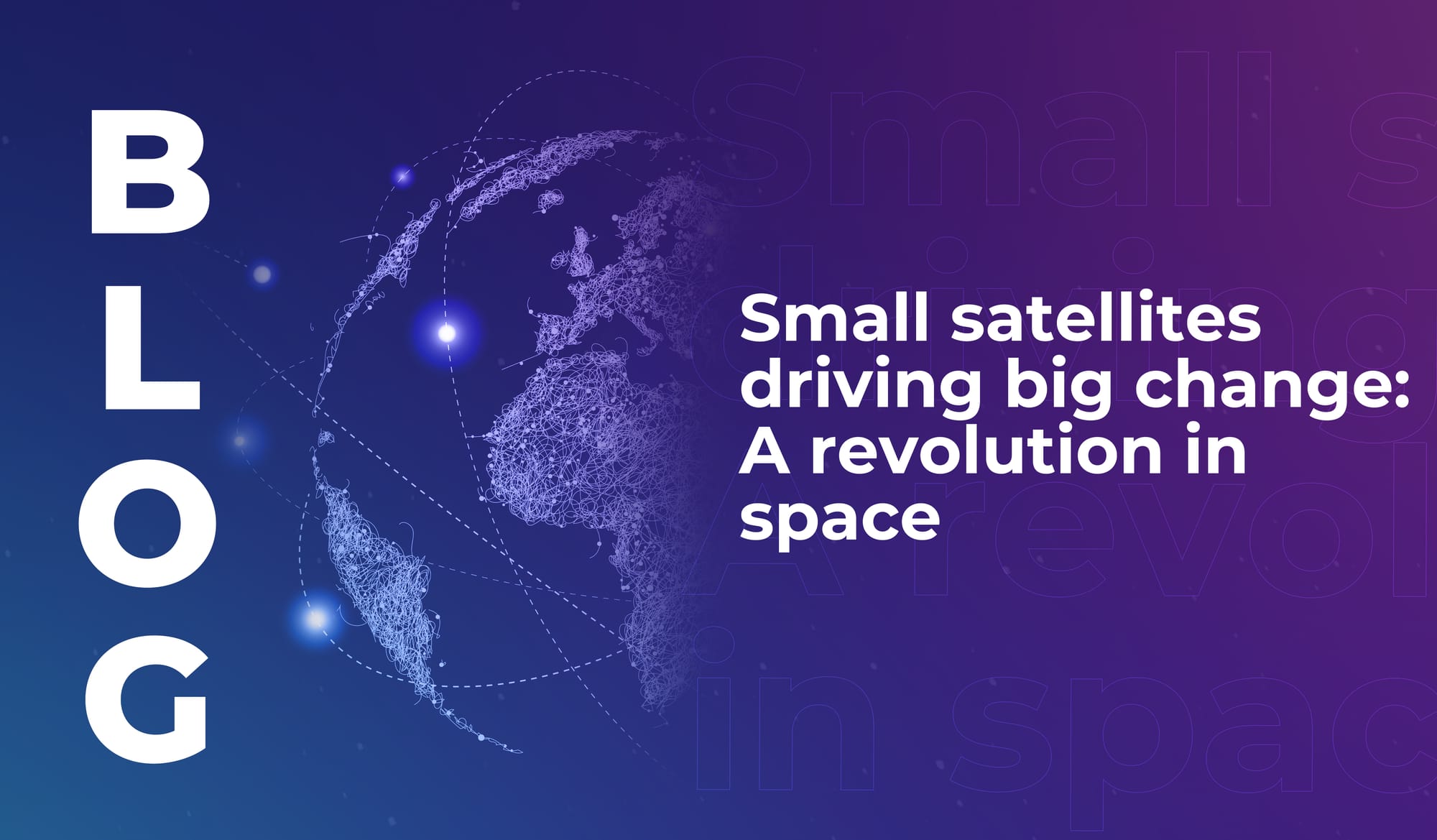
Want to work in space tech? Read this.
The global space sector is hiring faster than universities can produce graduates. If you’re an early-career technologist considering a career in space, this is for you.


“The best leaders recognise that their communication strategy sets the tone for the entire company. If they’re proactive, transparent, and authentic, it cascades through the organisation.”
We asked personal branding expert Maha Abouelenein (Founder and CEO at Digital and Savvy) to share the most common mistakes tech leaders make when it comes to communication and PR, and how founders and CEOs should approach personal branding at LEAP 2026.
Author of the bestselling 7 Rules of Self-Reliance, Maha blends a storyteller’s mind with a strategic approach to PR in the digital age – and we know her wisdom will give you a confidence boost when it comes to your own personal brand.
“One of the biggest things I see tech leaders do, and honestly, this applies to leaders beyond just tech, is relying too much on technical language. Avoid getting caught up in using industry jargon, which alienates your wider non-technical audiences. If you want to engage people, your message must be accessible and clear to everyone. Simplify your message and tell stories that people can relate to.
“The second issue is being reactive instead of proactive. Too often, leaders wait for a problem to arise before they start communicating – but great leaders get ahead of it. Proactive communication means shaping the narrative, not reacting to it. This can be done by sharing the journey – things like how the business is built, team culture, product development, or client success stories.
“Storytelling comes from everywhere, not just product announcements. People and processes are great ideas for telling stories – focus on the people behind the business, or a process you use that is unique to you – that builds trust and connects you to our audiences in ways that can make a real difference.
“And thirdly, many tech leaders focus too much on features instead of benefits. They’ll highlight all the cool things a product can do but forget to communicate why it matters or how it impacts the end user. Always think about creating value for the consumer and why it matters for them!
“The best leaders recognise that their communication strategy sets the tone for the entire company. If they’re proactive, transparent, and authentic, it cascades through the organisation. They need to make sure they are constantly over-communicating with their teams, clients, and stakeholders.”
“The landscape of personal branding has changed so much over the past decade. People don’t just follow companies anymore – they follow people. Personal branding is directly tied to reputation, and it’s no longer just the CEO's job or the responsibility of the PR team. Today, everyone in the organisation plays a role in building and protecting the company's reputation – they are all ambassadors for your brand and your company.
“They lead teams, build culture, and interact with friends, family, and the broader market. Their social connections and customer-facing roles make them integral to the company’s image. This shift means that personal branding isn’t just about the executive team – it's about empowering everyone in the company to be storytellers and reputation-builders.
“Platforms like LinkedIn, X (formerly Twitter), and YouTube have made it easier than ever for leaders and employees alike to communicate directly with audiences. Executives who embrace this change have the power to control their narrative and drive brand loyalty in ways that were never possible before.”
“Absolutely – 100% yes. Every founder or CEO should build a personal brand, but it needs to be done with strategy and intention. It's not about becoming a ‘celebrity CEO’ – it's about using your personal brand to drive trust, credibility, and influence.”
(Want to know more about why Maha thinks all tech CEOs should build a personal brand? Subscribe to the LEAP:IN newsletter now).
“The key to stronger online communication is to simplify the process with systems, tools, and support:
“Don’t go to the event ‘cold’. What I mean by this is don’t walk into LEAP without doing the advance work. Advance work is understanding all the details about an event; it can be simple things like knowing the agenda and planning which talks to attend to learning about media and networking opportunities.
“Networking can bring tremendous value and deposits for future cooperation. I believe the most important reason to attend an event is to leverage the relationships you can create from attending them. When you go to an event, have the mindset of extracting the most value from them.
“You need to develop a networking strategy to do this. I recommend first checking to see if anyone is posting about attending the event on social media that you might want to connect with.
“Next check the list of speakers, sponsors, media and event organisers to identify anyone you want to schedule 1:1 meetings with before or during the event. Research what they are posting about and follow them on social media. Be intentional with your conversations – listen actively, ask thoughtful questions, and look for ways to add value.
“After the event, follow up; 80% of connections are forgotten within 48 hours if you don’t follow up, making this the most critical part of your networking strategy.
“One last tip is to leverage opportunities with members of the media. Research which outlets and journalists will be covering LEAP 2026 and reach out ahead of time with your exclusive insights or announcements. You need to think strategically about visibility opportunities. Can you share expertise for an article or are there opportunities to join podcasts? You can position yourself as a thought leader in your industry by sharing your expertise in interviews.
“It’s also important for you to use social media for real-time coverage. Share key takeaways, behind-the-scenes moments, and reflections from panels you attend (or are part of if you’re a speaker) to position yourself as a thought leader.”
Thanks to Maha Abouelenein at Digital and Savvy. Join us at LEAP 2026 to build your personal brand with real-life connections across the global tech industry.

The global space sector is hiring faster than universities can produce graduates. If you’re an early-career technologist considering a career in space, this is for you.

NASA has handed nine companies small cheques to answer a big question: can Mars exploration shift from bespoke missions to bought-in services?

How miniaturisation is transforming space tech – from student-built satellites to global innovation networks orbiting above us.

The global space sector is hiring faster than universities can produce graduates. If you’re an early-career technologist considering a career in space, this is for you.

NASA has handed nine companies small cheques to answer a big question: can Mars exploration shift from bespoke missions to bought-in services?

How miniaturisation is transforming space tech – from student-built satellites to global innovation networks orbiting above us.